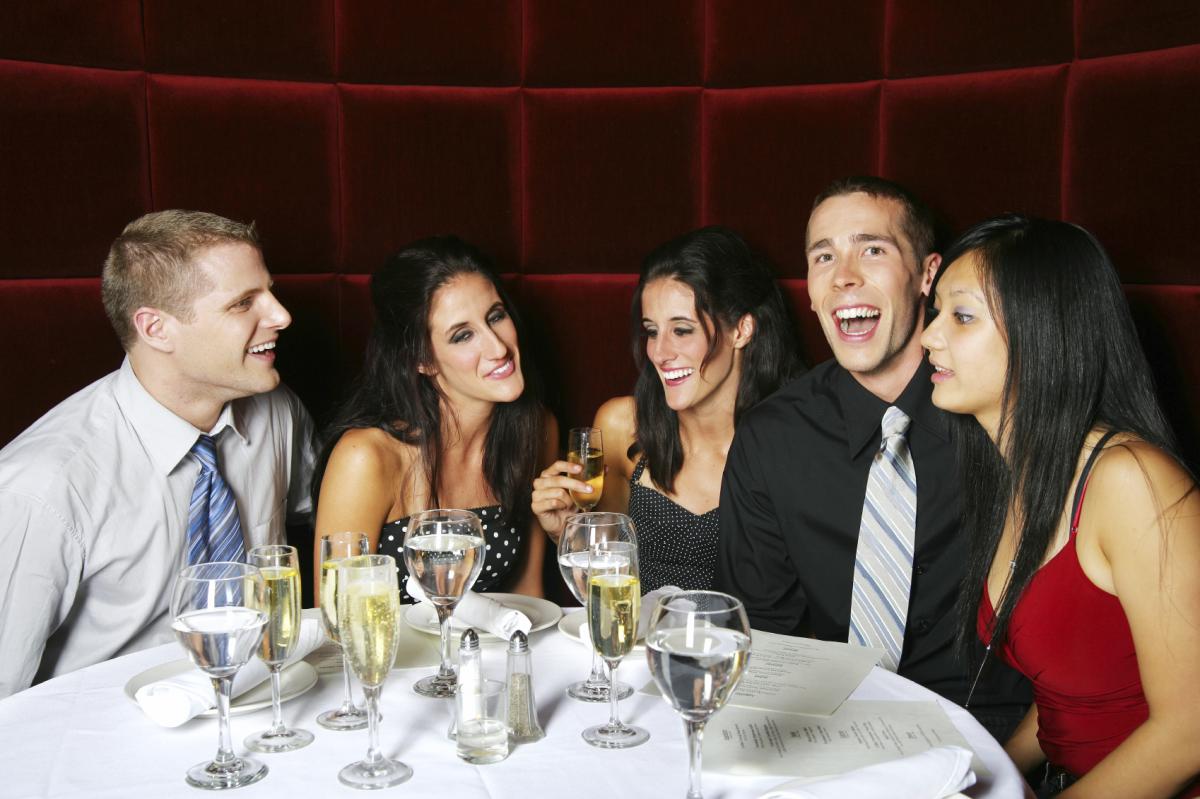Music design for hotels, restaurants, bars and lounges has become an important trend in the hospitality industry. More and more operators are taking control of their music by creating customized soundtracks specifically for their concept and clientele.
Programming the same generic music all day just isn’t smart. If you’re still doing so, it’s time to rethink that approach. Your music should evolve throughout the day and night in tempo, style and energy to attract your target demographic.

Many factors are important to consider in creating a branded music experience. Here we’ll take you through a few of the steps necessary to help shape your soundtrack to perfection.
Music by Daypart
First you’ll want to consider how many playlists you require. A typical restaurant or bar might need four playlists (i.e.: lunch, happy hour, dinner and late night). Each of these playlists should be designed with your specific target audience in mind. Again, you shouldn’t be playing the same music all day.
Music Style
You’ll next want to determine what style or type of music to play in each of these dayparts. A number of factors will determine this including the average age you want to attract during each daypart. Add ten years to either side of the average age to determine what music styles and eras to play. For example, if the average age of your guests during happy hour is 30, then you would want to play music catering to a 20 to 40 year old age range.
Music Library
A typical music library for a restaurant or bar should contain between 3,000 to 4,000 songs depending on your hours of operation. Other factors such as length of song, lyrical content, BPM (beat-per-minute), chart performance and more should be considered when developing your database.
You’ll want an experienced individual or company with in-depth music knowledge to help curate your music library. This is where a professional music design firm can be extremely helpful. You shouldn’t rely on an employee’s iPod or manager’s personal taste to determine what music to play. An objective viewpoint, taking into consideration the customers you want to attract, is critical to this goal.
Music Rotation
You might think of a playlist as a collection of songs placed in a folder, then playing those songs in a random shuffle or specific song order. This approach fails on several levels. You’ll want to create each playlist in a category sequence, not a song sequence. For example, a playlist in a sports bar might look like this:
90’s Rock
10’s Rock
00’s Rock
80’s Rock
10’s Rock
(loop)
Here we see a sequence that caters to a very specific demographic in a “20-minute sweep” approach. Anyone within our target age range will hear a song or style of music they like within this 20-minute period.
Music Software
There are many software applications for music playback. One of the best is MegaSeg by Fidelity Media (www.megaseg.com). This application contains all the necessary features for creating intelligent playlists, scheduling and more at a very affordable price. The program also reads all of your iTunes music files and playlists with a simple import feature.
If you’ve struggled with volume level fluctuation between songs, then you’ll want to download iVolume (www.mani.de). This extremely useful tool will analyze your iTunes music library and establish a consistent volume level for all of your songs. These new adjustments will also be read within the MegaSeg software.
Playing the right music can have a substantial impact on your bottom line. Creating a branded music experience for your concept and clientele by daypart will ensure guests are happy and keep them returning.
